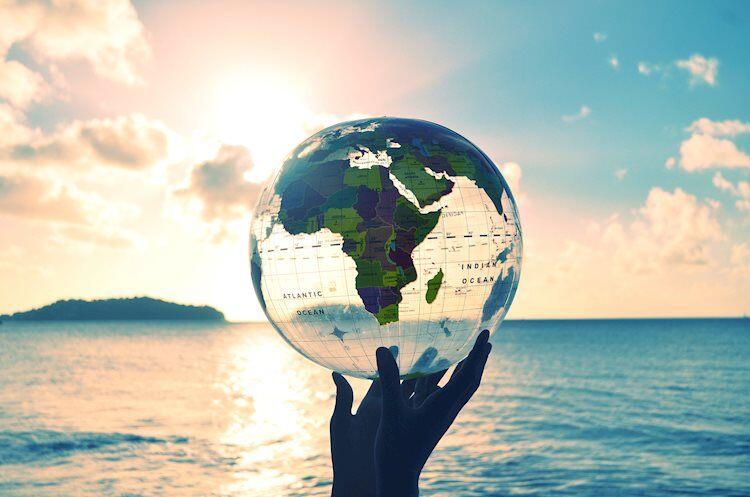Global trade faces a double risk: drought in Panama and conflict near the Suez Canal are causing shipping delays, price hikes, and supply chain disruptions.
The Suez and Panama canals play a vital role in global trade, together responsible for approximately 20% of the world’s trade (15 and 6 percent respectively). Due to extended drought in Panama and conflict in the Suez Canal region, global shipping is being delayed or re-routed with significant market externalities and consumer price increases.
The critical role of canals in global trade
Panama, a crucial waterway in the Western Hemisphere, typically carries 5% of the world’s maritime trade and 40% of U.S. container traffic, facilitating the movement of roughly $275 billion worth of goods per year. As the Panama Canal sits above sea-level in some parts, fresh water has to be pumped from the nearby reservoir of Gatun Lake to allow sufficient water for supertankers to be able to flow. With freshwater levels historically low, due to a prolonged drought and inefficient water management, Panamanian authorities can only allow 24 ships to cross per day, down from 38 a few years ago. This reduction means more delays and higher shipping costs for all. Panama Canal Administrator Ricaurte Vásquez now estimates that the dipping water levels could cost the country between $500 million and $700 million in 2024, compared to previous estimates of $200 million.
The Suez Canal, a key route accounting for about 16 percent of global trade, is also facing costly transit challenges. Since the war started between Israel and Palestine in October 2023, attacks by the Iranian-backed Houthi rebels in Yemen on commercial ships in the Red Sea have spiked. This situation has caused massive rerouting of trade, delayed shipments, and raising costs. To avoid the Red Sea, some of the world’s largest container shipping companies and oil giant BP are sending vessels on longer journeys around Africa and the Cape of Good Hope. This adds what analysts say could be a week to two weeks to their trips, leading to increased insurance and fuel costs.
The number of containers passing through the Red Sea fell by more than half in December of 2023, to around 200,000 from 500,000 in November. The current level is 66% lower than the pre-pandemic 2017-2019 average, according to the trade indicator compiled by the Kiel Institute for the World Economy in Germany. The cost of a standard 40-foot container from China to northern Europe has jumped from $1,500 to $4,000 (Kiel Institute 2024).
These impacts affect global supplies and consumers purchasing power, with car factories halting production in Belgium and Germany, energy supplies becoming more costly, and spring new clothing delayed at popular European department stores. A Maryland company that makes hospital supplies doesn’t know when to expect parts from Asia, and Tesla is shutting down some of its European operations due to supply chain delays (CNBC 2024).
It is important to note, that once a supertanker gets rerouted or must wait for weeks before crossing Panama, at least 10,000 containers need to be dealt with, putting upside pressure on costs and management (Ryan Petersen, Flexport). And just to give you a price tag idea of what a sustained disruption can cost, a slowdown to Red Sea traffic lasting till the end of 2024, could add at least 2 percent of price increase on global trade (CNBS 2024).
In conclusion, the impacts of extended drought in Panama and conflict in the Suez Canal region extend far beyond localized disruptions. These events are causing huge price increases, delays in shipments, and rerouting of trade, affecting industries, economies, and consumers worldwide. The interconnected nature of global trade means that disruptions in these canals have disproportionate consequences, leading to increased costs, supply chain delays, and inflationary pressures. As we navigate these challenges, it is crucial to address the underlying issues causing these disruptions starting with the most manageable water management in water rich Panama. By investing in sustainable water management practices and fostering diplomatic solutions, we can safeguard the smooth flow of goods and foster a more prosperous future for all.

